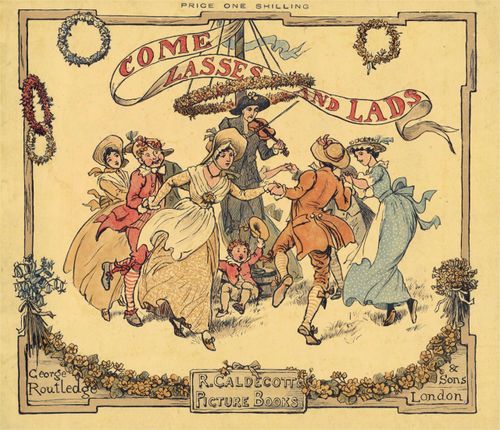Annotation:Round the Maypole (1): Difference between revisions
No edit summary |
m (Text replacement - "Century Gothic" to "sans-serif") |
||
| Line 7: | Line 7: | ||
---- | ---- | ||
<div style="page-break-before:always"></div> | <div style="page-break-before:always"></div> | ||
<p><font face=" | <p><font face="sans-serif" size="2"> | ||
<div style="text-align: justify; direction: ltr; margin-bottom: 90px; margin-left: 70px; margin-right: 120px;"> | <div style="text-align: justify; direction: ltr; margin-bottom: 90px; margin-left: 70px; margin-right: 120px;"> | ||
<br> | <br> | ||
| Line 23: | Line 23: | ||
<div class="noprint"> | <div class="noprint"> | ||
== Additional notes == | == Additional notes == | ||
<p><font face=" | <p><font face="sans-serif" size="2"> | ||
<font color=red>''Source for notated version''</font>: - | <font color=red>''Source for notated version''</font>: - | ||
<br> | <br> | ||
<br> | <br> | ||
</font></p> | </font></p> | ||
<p><font face=" | <p><font face="sans-serif" size="2"> | ||
<font color=red>''Printed sources''</font> : - Thompson ('''Compleat Collection of 200 Favourite Country Dances, vol. 3'''), 1773; No. 41. | <font color=red>''Printed sources''</font> : - Thompson ('''Compleat Collection of 200 Favourite Country Dances, vol. 3'''), 1773; No. 41. | ||
<br> | <br> | ||
<br> | <br> | ||
</font></p> | </font></p> | ||
<p><font face=" | <p><font face="sans-serif" size="2"> | ||
<font color=red>''Recorded sources'': </font> <font color=teal> - </font> | <font color=red>''Recorded sources'': </font> <font color=teal> - </font> | ||
</font></p> | </font></p> | ||
Latest revision as of 19:14, 6 May 2019
X:1 % T:Round the May-Pole [1] M:6/8 L:1/8 B:Thompson’s Compleat Collection of 200 Favourite Country Dances, vol. 3 (London, 1773) Z:Transcribed and edited by Fynn Titford-Mock, 2007 Z:abc’s:AK/Fiddler’s Companion K:Bb B>cB d2f|B>cB d2f|bag fed|cdB AGF| G>cB d2f|B>cB d2b|agf cf=e|f3 F3:| |:f2f f2g|_agf edc|e2e e2f|gfe dcB| BFB dBd|fdf bfe|dcB F>BA|B3 B,3:||

The primitive instinct with dancers, where no figures are provided, is to dance round an object. The object might be a captive, and altar, or other sacred emblem. Perhaps this altar or emblem might be decorated with a trophy taken from the enemy, and we may thus look upon the Maypole with its garlands and streamers as an embodiment of this emblem, and the dance round it as a survival of the primitive usage. The same tradition is also found in children's ring games...
